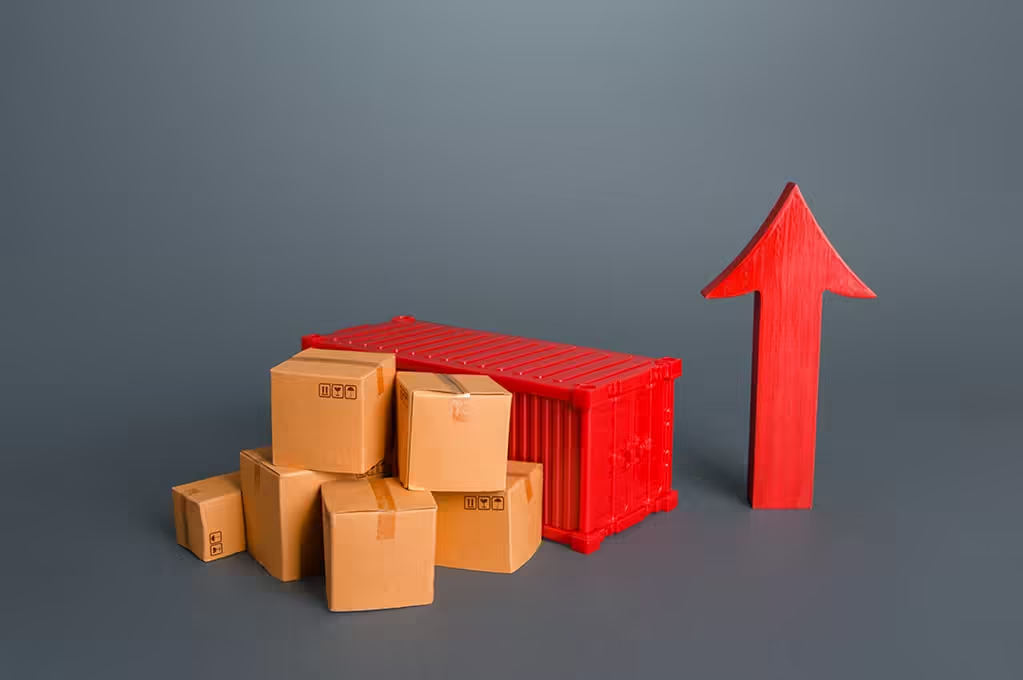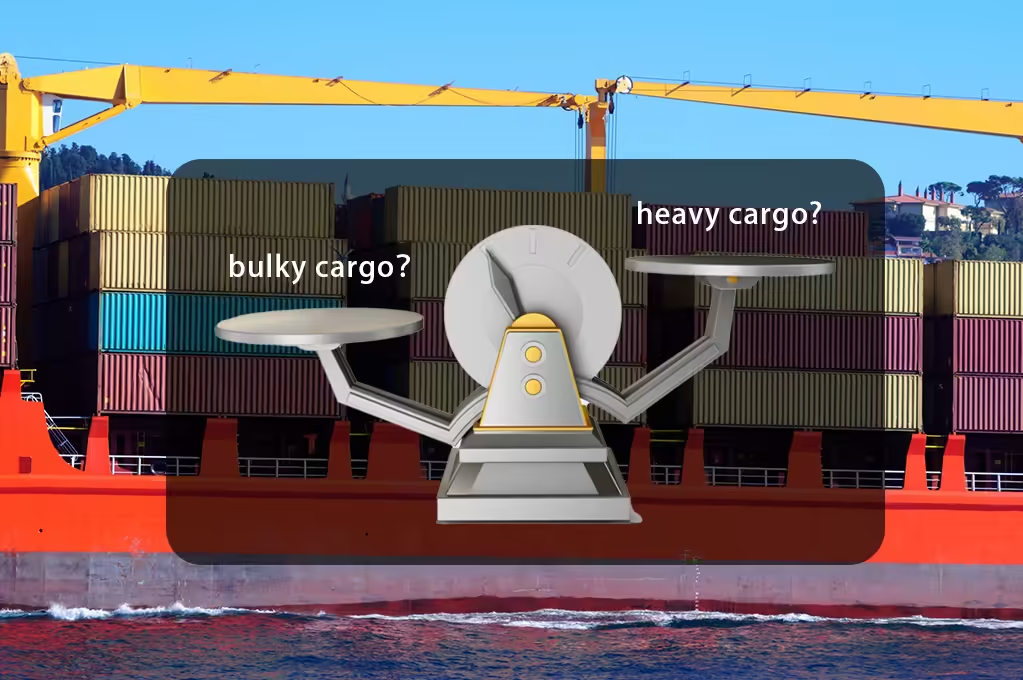Basic Guide to Understanding Bulk Cargo and Heavy Cargo
In the realm of logistics and international trade, the terms “bulky cargo” (which is sometimes interchangeably called “bubble cargo”) and “heavy cargo” are employed to classify shipments according to their density and the relationship between their weight and volume. Grasping the meaning and implications of these terms is essential for shippers, carriers, and logistics co, as it directly influences both the cost and the mode of transportation chosen.
Understanding the Basics: Bulky Cargo vs. Heavy Cargo
Defining bulky cargo
bulky cargo, or simply “bubble cargo,” refer to items that are characterized by a high volume relative to their weight. These goods tend to occupy a lot of space but do not add much weight to the shipment. Examples include pillows, stuffed toys, clothing, and packaging materials. Because these items take up significant cargo space but contribute less to the overall weight, they are often charged according to their volumetric weight rather than their actual physical weight.

Identifying heavy cargo
heavy cargo, which are dense and weigh significantly more compared to their size. heavy cargo are usually charged based on their actual gross weight. Examples of heavy cargo include metals, machinery parts, and construction materials. These items are more straightforward to handle in terms of pricing because their weight-to-volume ratio is high.
Distinguishing Between Bubble and heavy cargo
How to Differentiate
To ascertain whether a shipment is categorized as light bubble or heavy cargo, one needs to evaluate its density. This assessment is commonly performed by computing the volumetric weight and then comparing it with the actual weight of the shipment. Should the volumetric weight exceed the physical weight, the shipment is classified as a light bubble good. Conversely, if the actual weight is greater, the shipment is deemed to be heavy cargo.
Volumetric Weight Calculation
Volumetric weight, also known as dimensional weight, is calculated using the formula:
Volumetric Weight=Length×Width×HeightDimensional FactorVolumetric
Weight=Dimensional FactorLength×Width×Height
The dimensional factor varies depending on the carrier and can be different for air freight versus sea freight. Commonly used factors are 5,000 for air freight and 6,000 for sea freight, measured in cubic centimeters (cm³) divided by the factor to give kilograms (kg).
For example, if you have a box measuring 1 meter (100 cm) long, 1 meter wide, and 1 meter high, the calculation would be:
Volumetric Weight=100×100×1005,000=200 kgVolumetric
Weight=5,000100×100×100=200 kg
If this box weighed only 150 kg, then the volumetric weight would be the determining factor for pricing purposes, making it a light bubble good.

Practical Implications of Classification
The classification of goods as either light bubble or heavy has several practical implications:
Costing
Carriers typically charge based on whichever metric is greater, whether it be the actual weight of the shipment or its volumetric weight, ensuring that they are compensated fairly for the space or mass they transport. This approach helps in standardizing charges and preventing underpricing for space-inefficient cargo.
Packing and Loading
Bulky cargo, due to its large volume relative to its weight, requires more space, which significantly affects how efficiently cargo can be packed and loaded onto transport vehicles. This can lead to challenges in maximizing the use of available space, potentially necessitating specialized packing techniques and careful planning to optimize the loading process and ensure the best utilization of transport capacity.
Handling and Storage
Due to their nature, bulky cargo often requires special handling and storage conditions, which can potentially increase operational costs. The need for additional space, customized packing methods, and sometimes specific equipment to move and store these items can add to the overall expenses. Such considerations can impact warehouse design, loading procedures, and even the choice of transport modes, all contributing to higher logistical overheads.
By comprehending the differences between light bubble and heavy cargo, businesses are better equipped to strategize their logistics, negotiate shipping rates with carriers, and refine their transportation processes. This understanding enables companies to manage their costs effectively, ensuring they can meet customer expectations promptly and in a cost-efficient manner.

